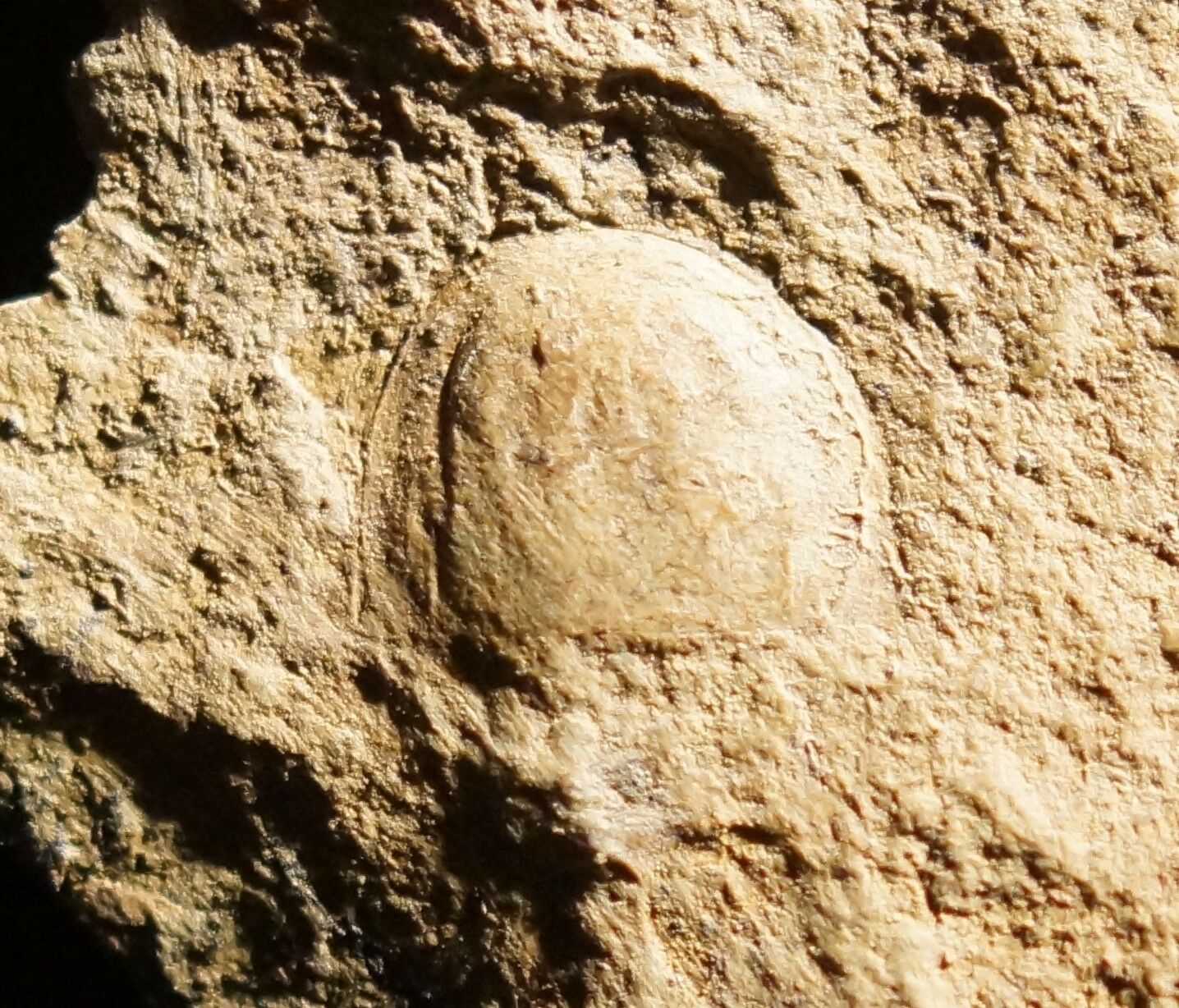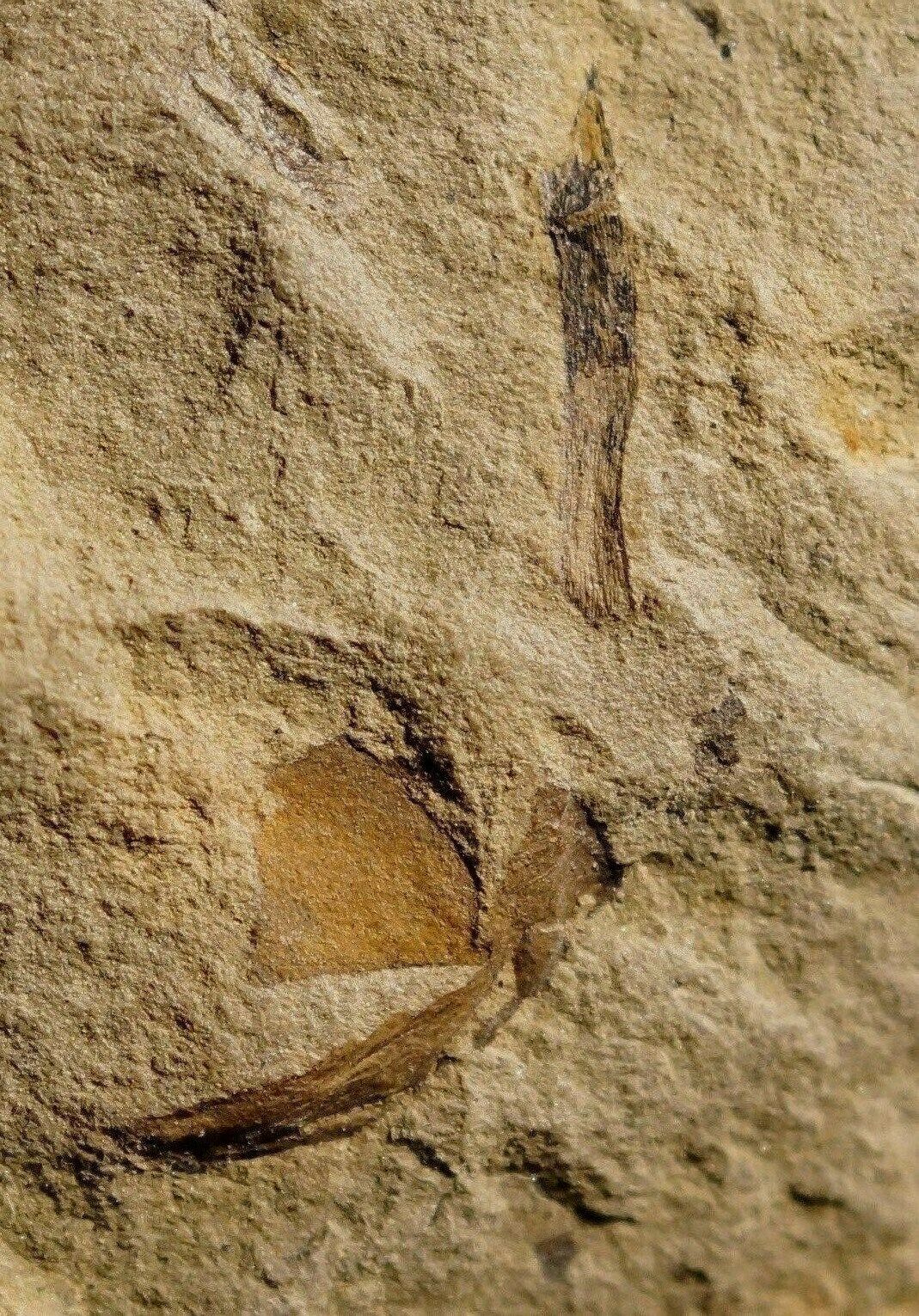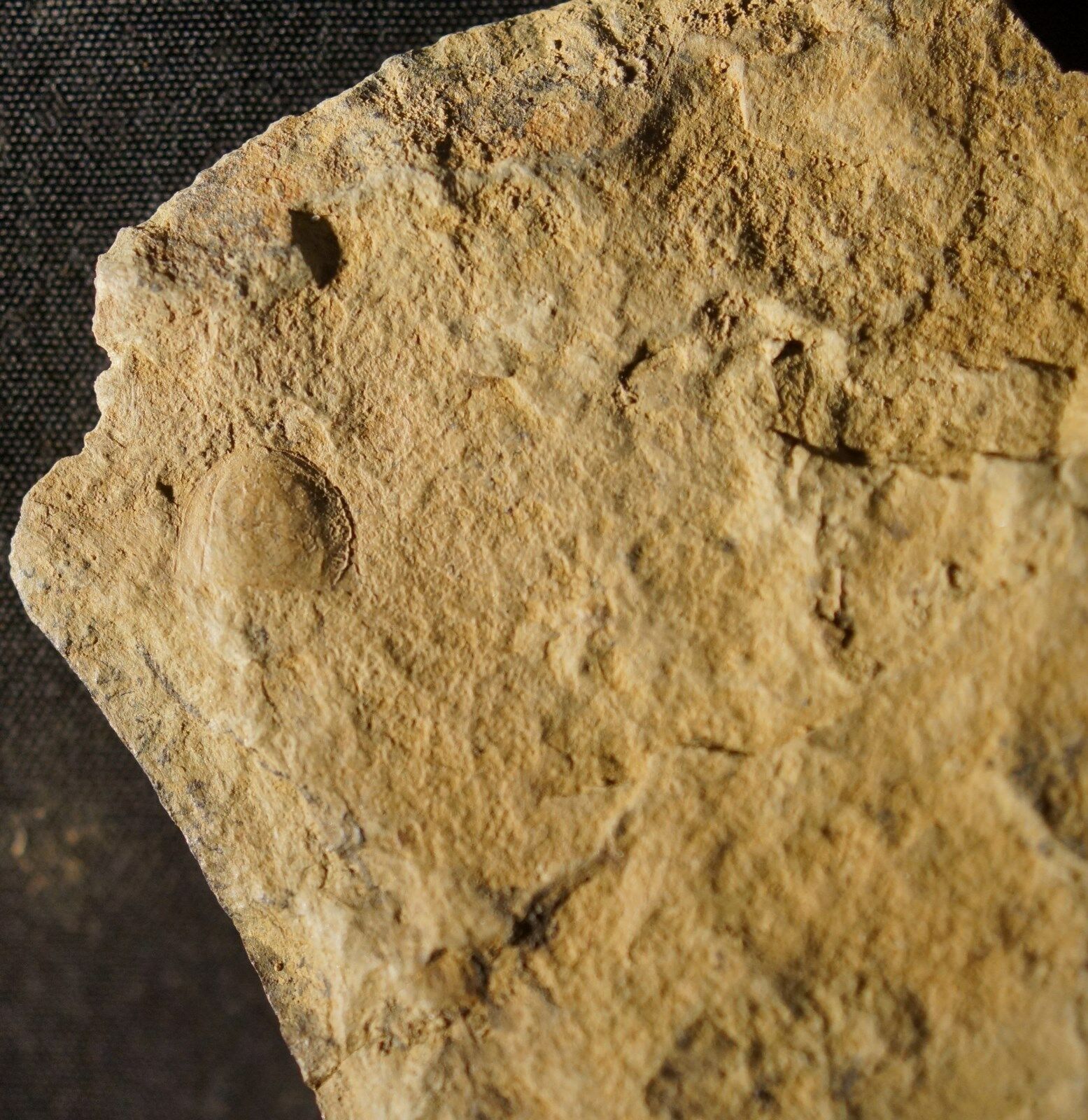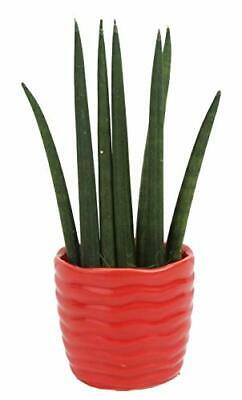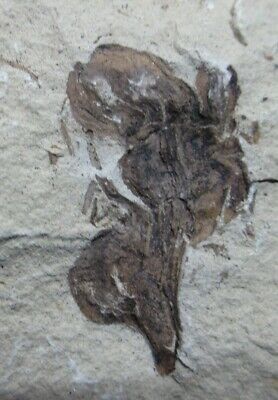-40%
Rare co-occurrence Silurian horseshoe crab oldest fossil land plant Cooksonia
$ 73.92
- Description
- Size Guide
Description
I combine shipping costs.Each item is different, so please wait with payment after purchase -
I will send You a combine invoice.
Usually, it will be cost of shipping the heaviest item.
Extremely rare primitive silurian horseshoe crab and oldest fossil, first land plant
-
Cooksonia sp.
My
Cooksonia
fossils are 100% natural! Not prepared , not painted and not carved ! Specimens are only washed using water with soap !
Specimen:
Cooksonia sp.
and very rare, primitive Synziphosurin silurian horseshoe crab prosoma ( head shield )
Locality:
Poland, Holy Cross Mountains, Kielce area.
Stratigraphy:
Upper Silurian ( Ludlowian / Pridolian )
Matrix dimensions: ca. 5,5 x 5,5 x 0,5 cm
Xiphosuran prosoma: ca. 0,6 cm long
Description:
Here is rare
opportunity to have specimen with two rare Silurian fossils - oldest know plant
Cooksonia sp.
and very rare, primitive xiphosuran (horseshoe crab ).
Horseshoe crabs resemble crustaceans, but belong to a separate subphylum, Chelicerata, and are closely related to eurypterids and arachnids. The earliest horseshoe crab fossils are found in strata from the late Ordovician period, roughly 450 Mya.
Horseshoe crabs are marine arthropods of the family Limulidae and order Xiphosura or Xiphosurida, that live primarily in and around shallow ocean waters on soft sandy or muddy bottoms. They occasionally come onto shore to mate. They are commonly used as bait and in fertilizer. In recent years, a decline in the population has occurred as a consequence of coastal habitat destruction in Japan and overharvesting along the east coast of North America. Tetrodotoxin may be present in the roe of species inhabiting the waters of Thailand.
Because of their origin 450 million years ago (Mya), horseshoe crabs are considered living fossils.
The most famous Silurian land plant is a small creature sized up to a couple of centimeters, named
Cooksonia
. It is not only the best-known plant, but up to now also the oldest one. Finding
Cooksonia
-fossils is difficult because only a few occurrences are known (marine, delta of river deposits from the
Late Silurian and the earliest Devonian
). The small size of the plant is also a disadvantage for finding. A rather complete plant is very rare.
Cooksonia
is an extinct grouping of primitive land plants. The earliest
Cooksonia
date from the middle of the Silurian (the Wenlock epoch) the group continued to be an important component of the flora until the end of the Early Devonian, a total time span of 433 to 393 million years ago. While
Cooksonia
fossils are distributed globally, most type specimens come from Britain, where they were first discovered in 1937.
Cooksonia
includes the oldest known plant to have a stem with vascular tissue and is thus a transitional form between the primitive non-vascular bryophytes and the vascular plants.
Cooksonia
specimens occur in a range of sizes, and vary in stem width from about 0.03 mm to 3 mm.
Specimens of different sizes were probably different species, not fragments of larger organisms: fossils occur in consistent size groupings, and sporangia and spore details are different in organisms of different sizes.
The organisms probably exhibited determinate growth (i.e. stems did not grow further after producing sporangia).
Systematic:
Phylum: Chelicerata Heymons, 1901
Class: Xiphosura Latreille, 1802
Order: Synziphosurina
Family: Bunodidae Packard, 1886
